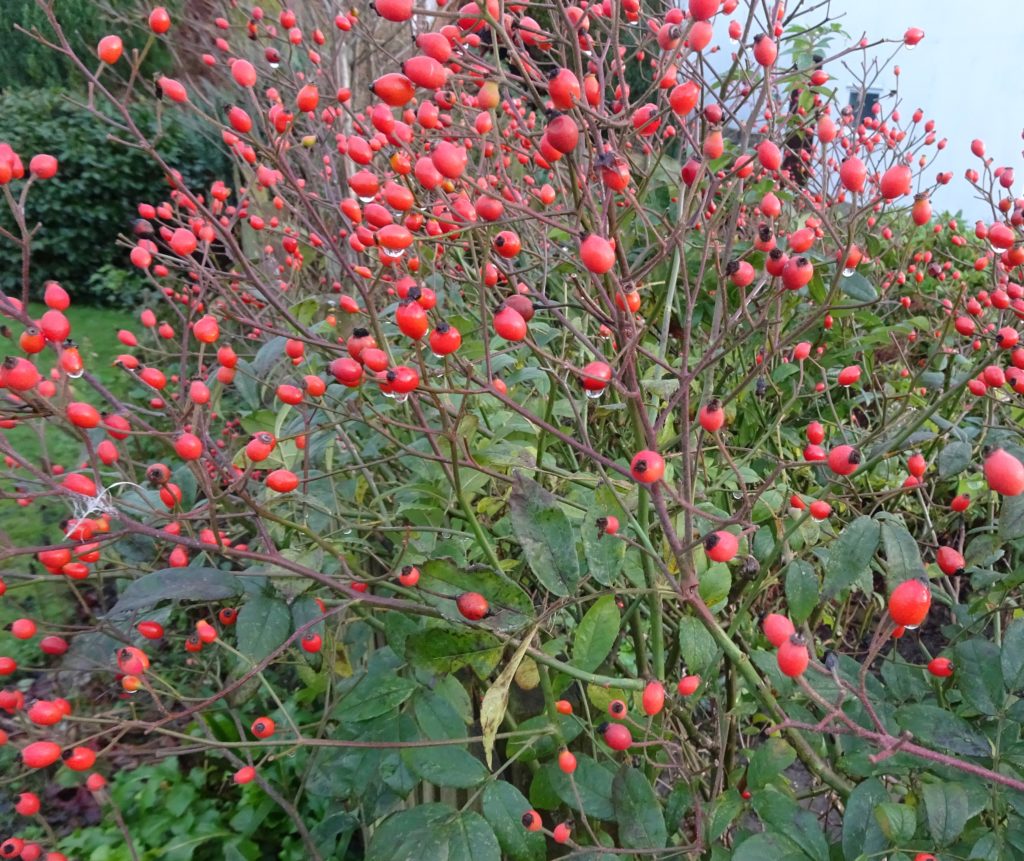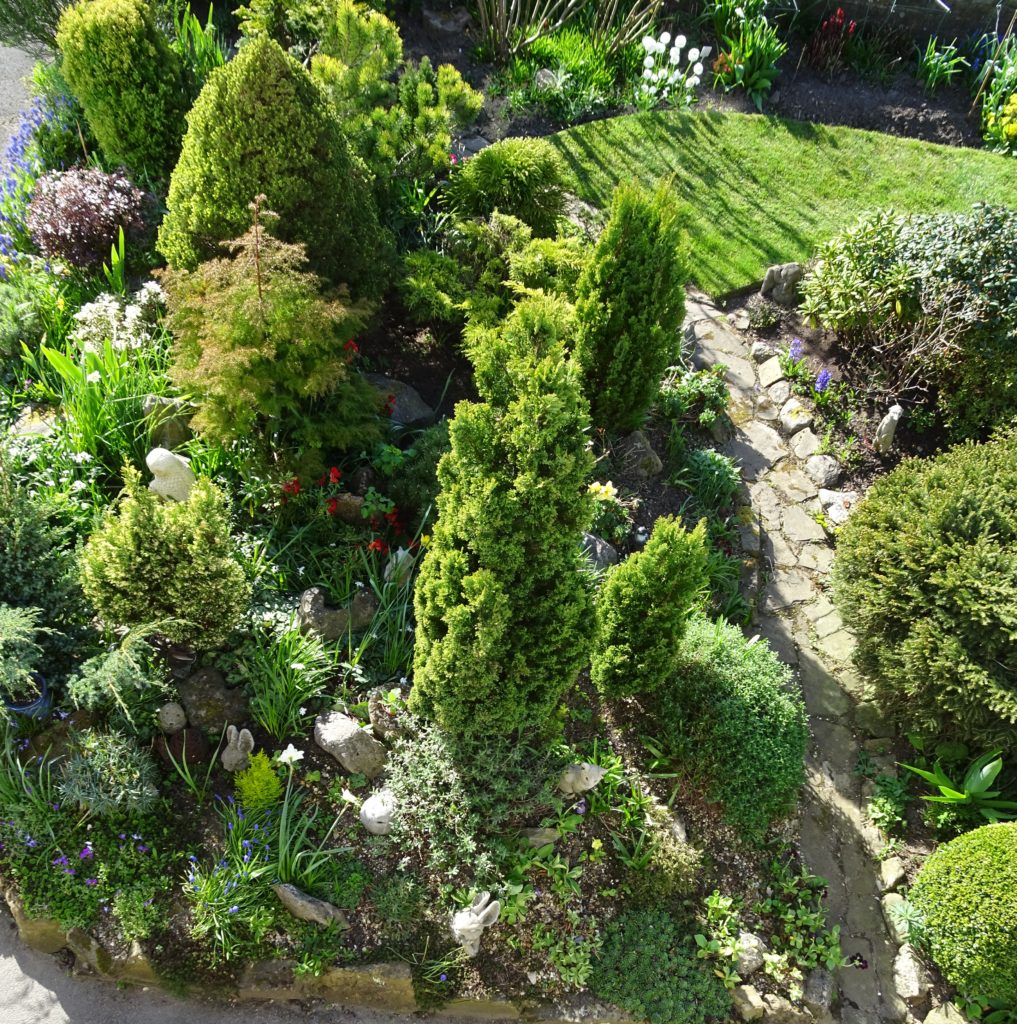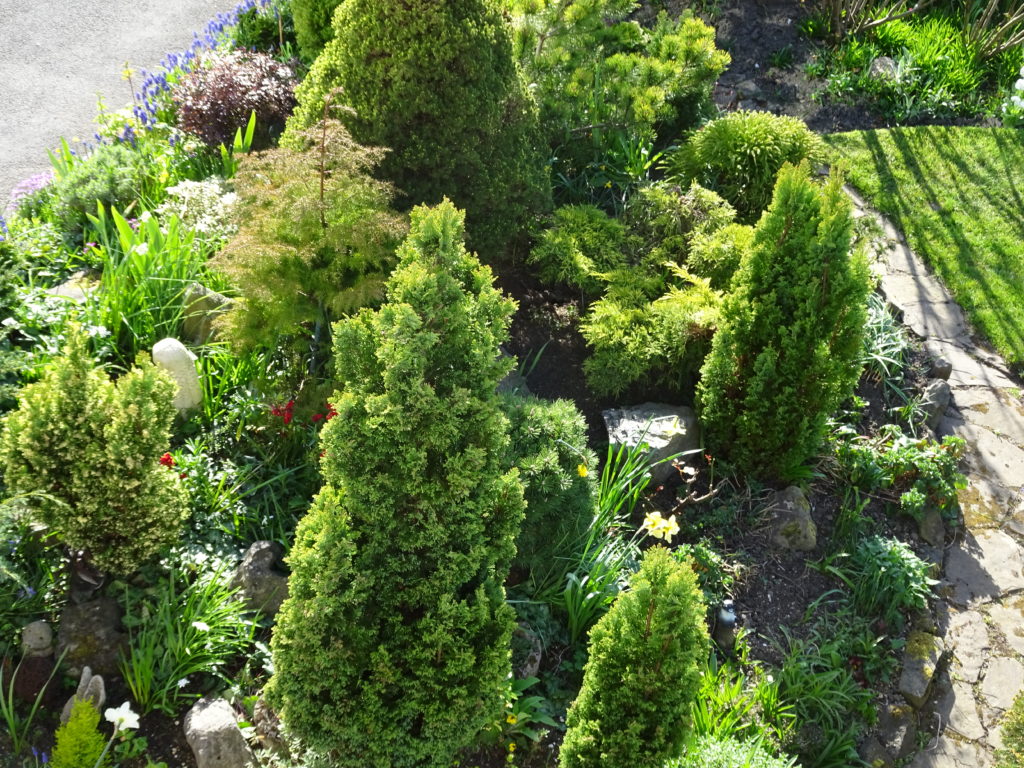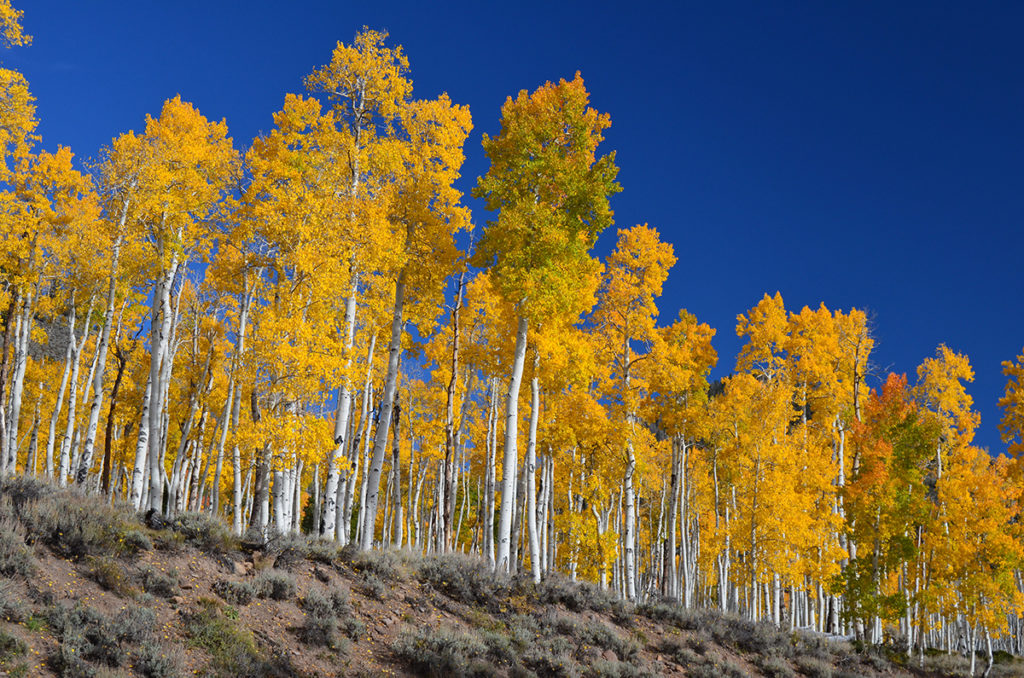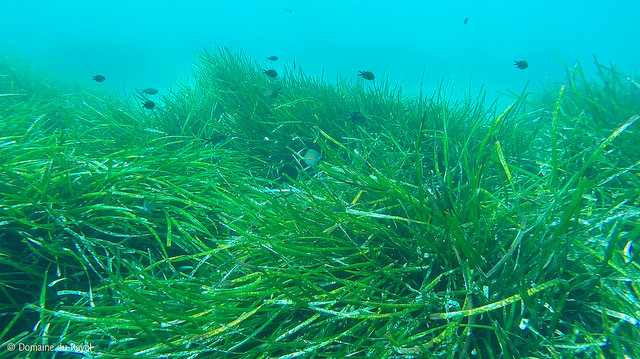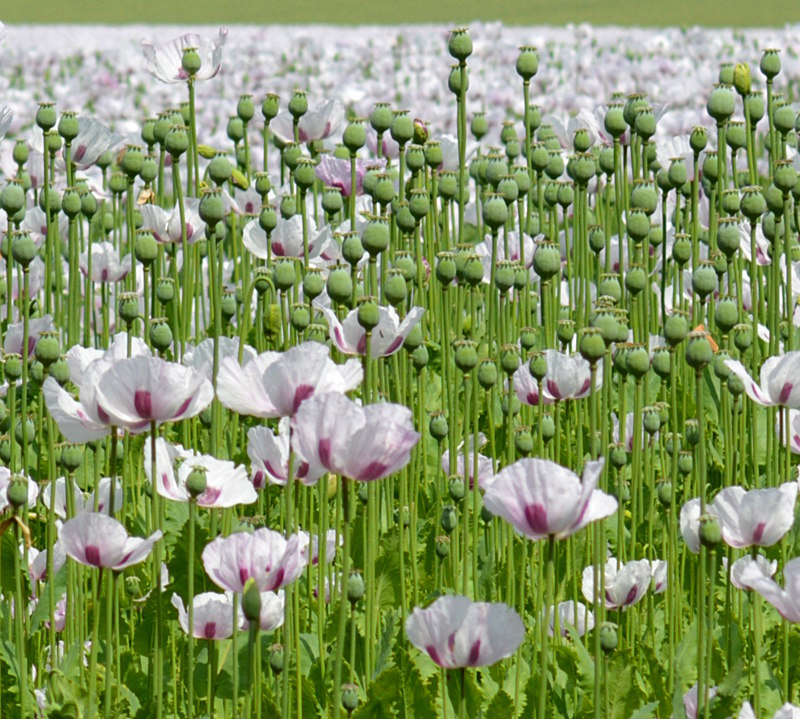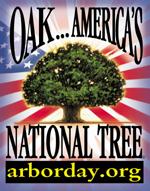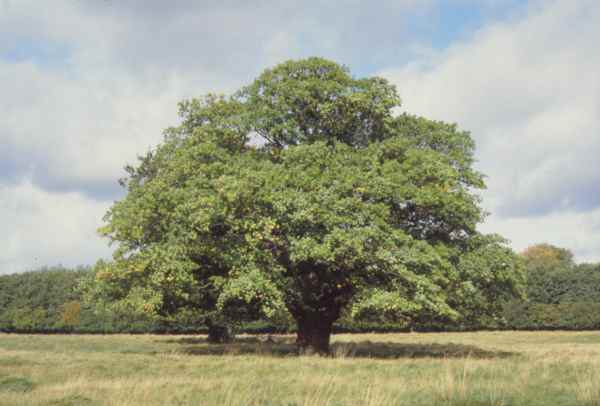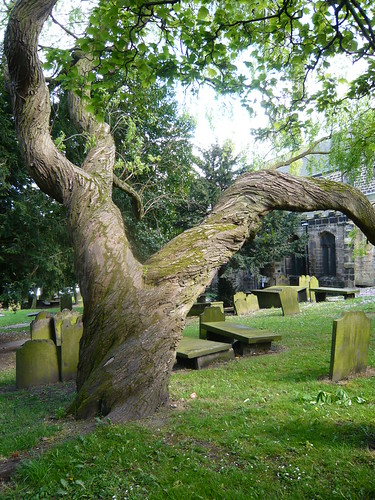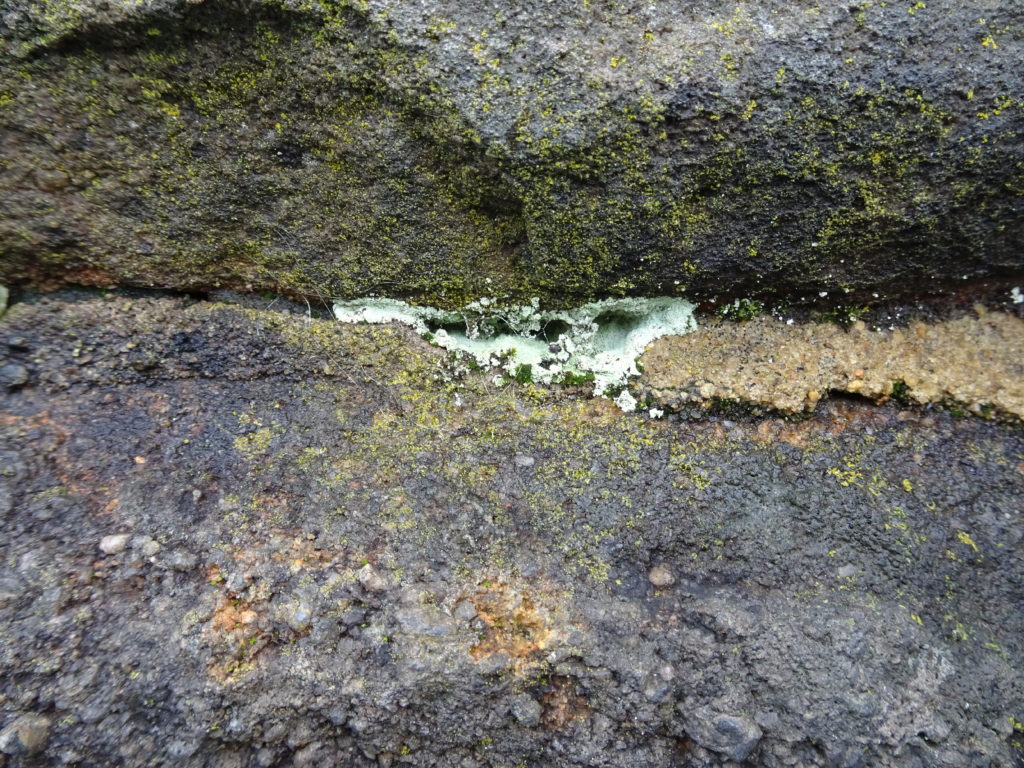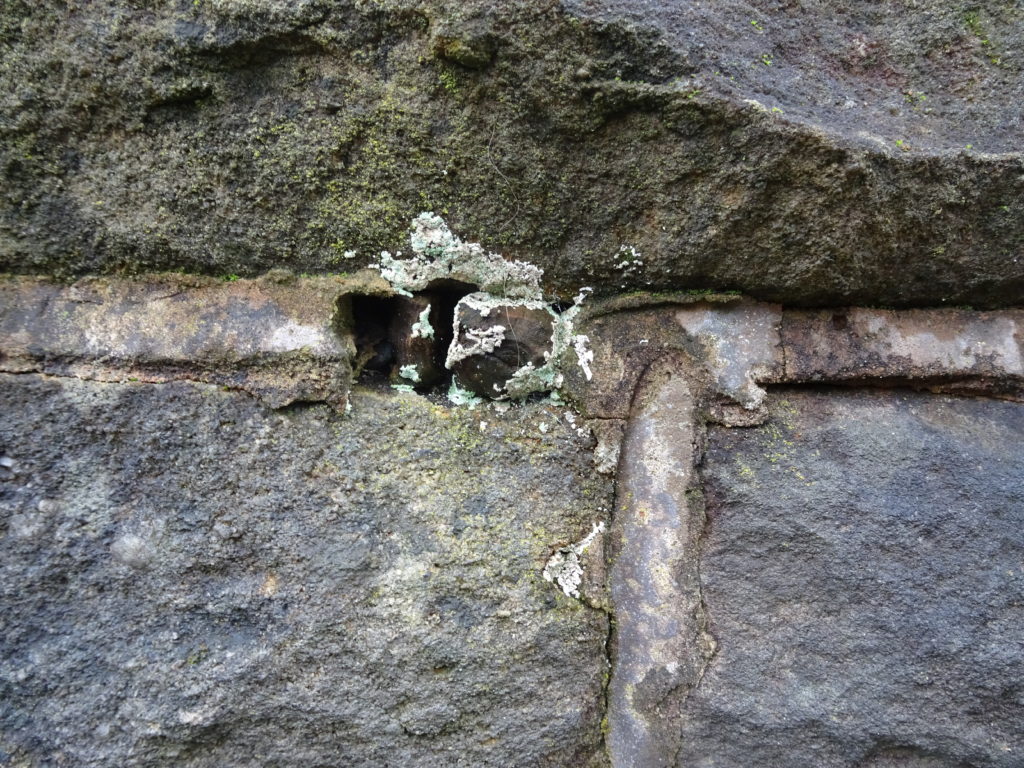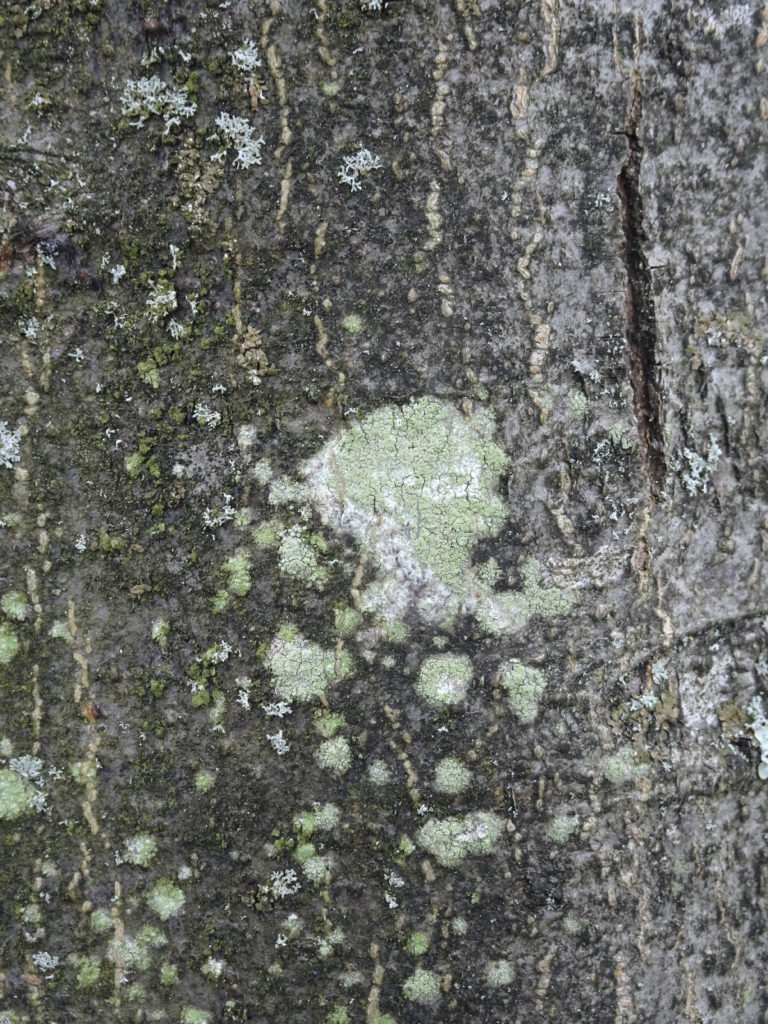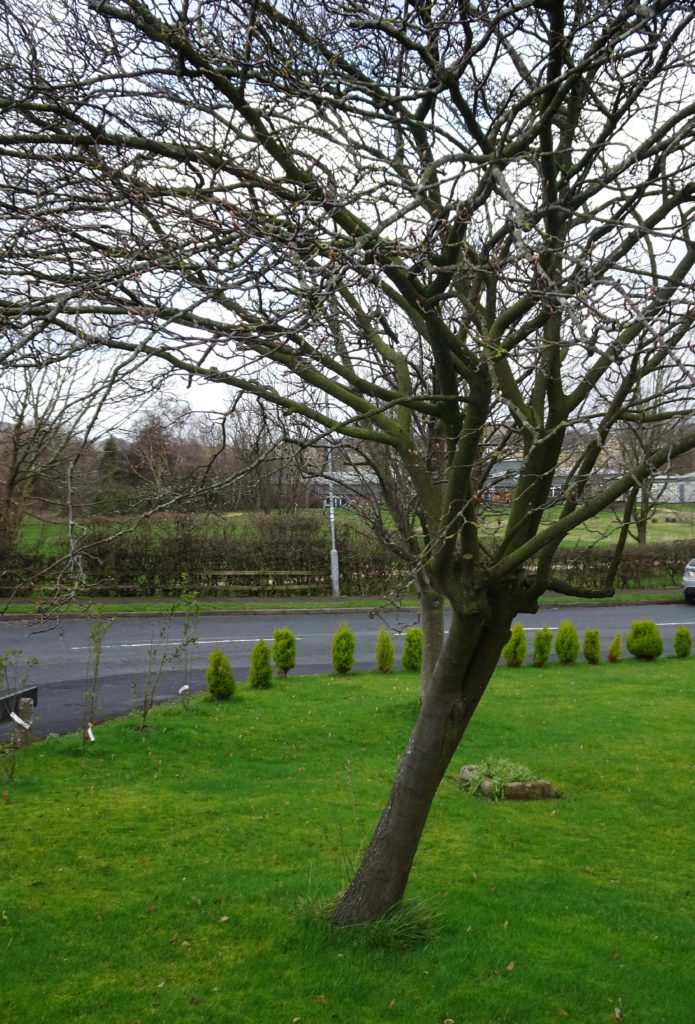Portmanteau Trees New Species
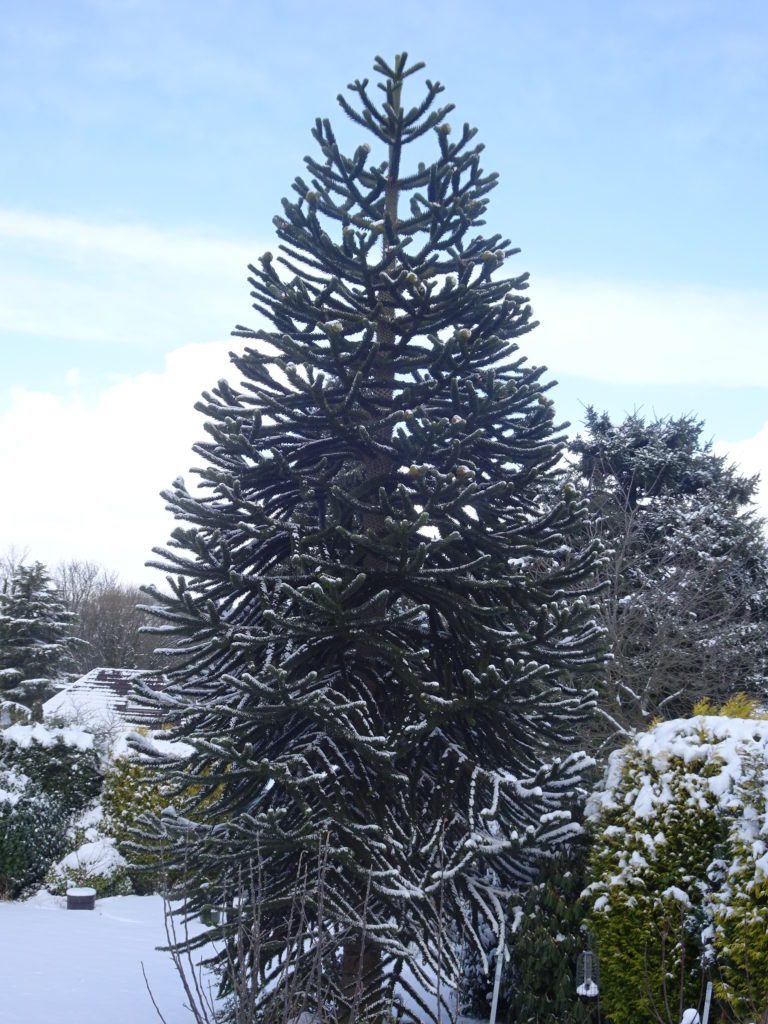
Elmonkey
If you notice dogs you may have seen a’ cockapoo’ using one of your trees as a loo or a ‘puggle’ leaving a puddle but what is a ‘labradoodle’ to do? Every week there seems to be a new hybrid dog that is a cross between two or more breeds so I wonder if can this apply to trees.
If breeders could cross a Eucalyptus with a holly the European commission would be happy with a Eucalolly forest or a walnut would make a waolly or hollnut. My favourites would be a Sycayew or the tall but sickly Poplash
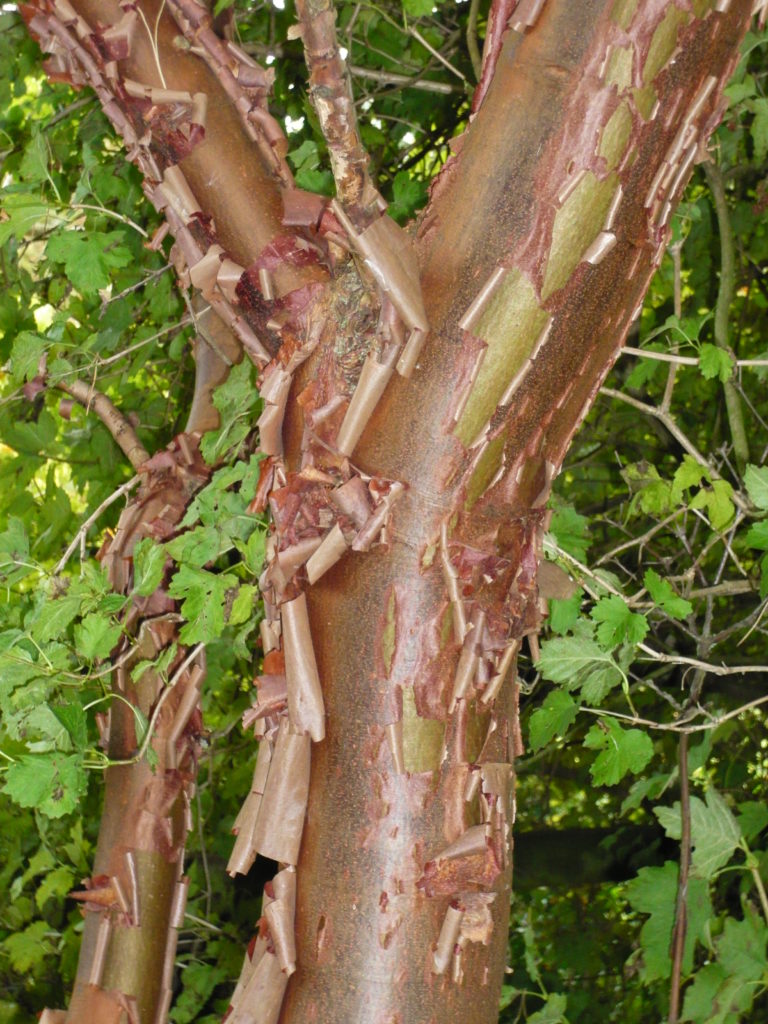
Paperbarked Maple
Back to the dogs for a minute, not to say silverbarkbirch or paperbarked maple both a bit wrouff ( or am I doing something up the wrong tree). How about planting a bulldogwood, a pitbull tree of heaven or a maidenhairweiler.
Trees portmanteaued or crossed with board games would be chessnuts, planeludo or snakebarks and ladders. Mahonijong are related to chinese checkers and monopoly would be a self pollenator. Who let the dogs in there are terrible draughts in here (enough already go have some Chow ed).
